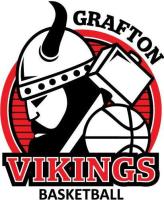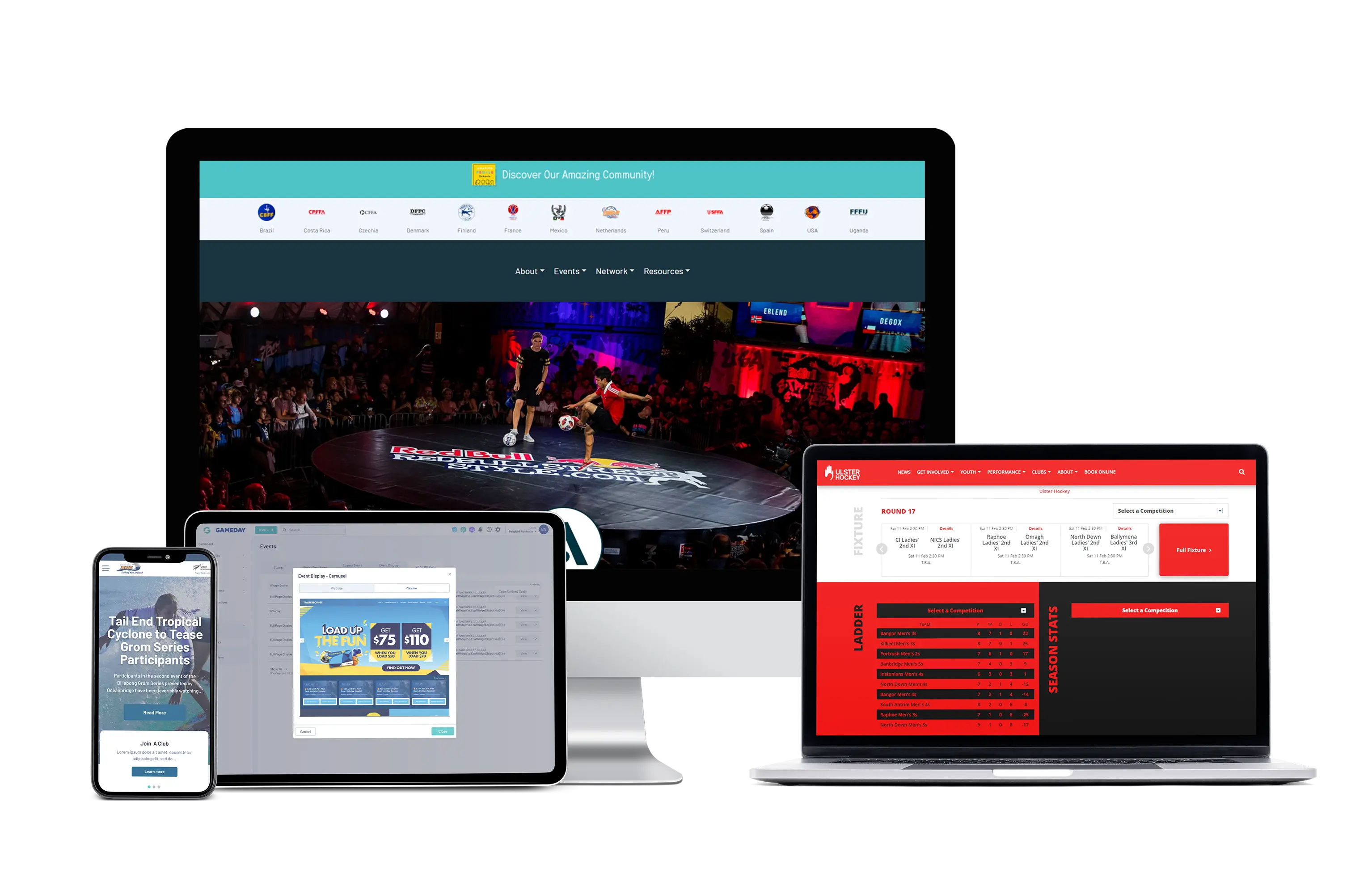How to Get Your Group to Become a Team
HOW TO GET YOUR GROUP TO BECOME A TEAM
Matti Clements, Psychologist, South Australian Sports Institute
A common problem for many coaches is how to get a group of athletes, often of varying fitness or skill levels, to perform as a team. Many great coaches have emphasized that having a group of extremely talented athletes does not guarantee a successful team, but rather that success is more often the result of a group of athletes of lesser talent who chose to work together to achieve a shared team outcome.
The difference between a group and a team
Getting a group of athletes to perform as a team is not always easy. Just because a group of athletes may train and compete together under the direction of the one coach, that does not automatically define that collection of individuals as a team. Rather, a group of athletes becomes a team when they all possess a common identity, have shared goals and objectives, exhibit structured patterns of interaction and communication, and most importantly consider themselves to be a ‘team’. When self-categorisation is present, that is, when the collection of athletes start referring to themselves as ‘we’ versus ‘they’, coaches can feel confident that a team is beginning to emerge!
Team cohesion is crucial for team success
The factors that draw athletes to a team and help them remain united in order to achieve a common goal, is referred to as team cohesion. In order to develop team cohesiveness, coaches need to identify what are the contributing factors for their specific team. This can be done through basic survey questions or general group discussions. Questions such as, “Why did you decide to try-out for this team?”, “What attracted to you this team?”, “What do you think makes us a team?” can help coaches get a basic idea of such factors.
It is also important for coaches to understand that there are often numerous factors that result in a team’s cohesion, that these factors change over time, and will be different for each team (eg. friendships, a chance to win a championship, etc). Coaches must not assume that the factors reported by the team last season will be the same for the next season or even remain the same throughout a season.
Having established the factors contributing to a team’s cohesiveness, coaches can use this information to further build cohesion. For example, a coach has a young team of athletes who report friendship and social interaction as important factors. Using this information the coach organises several team dinners throughout the pre-season. Another example would be a coach that identifies that the team cohesion factors are to do with the leadership style of the coach and senior players. Amongst other things, this coach decides to develop a mentoring system for younger athletes to work closely with more experienced players.
Team Goals
Given that a key differentiation of a group from a team is having shared goals and objectives, it is important for goals to be established with and communicated to all team members as early as possible. Often coaches make the mistake of assuming that athletes share the same goals as themselves and that everyone knows what the team goals are. Rather than assume, coaches should work with the team to identify clear team outcome goals (ie. the ‘big picture’ goals) and then discuss what process goals need to be set in order to achieve these objectives.
Basic rules when setting team goals include:
- Goals should be specific and measurable. Coaches often make the mistake of allowing team goals to be vague and imprecise.
- Goals should be challenging, yet realistic. Don’t set the team up for failure and disappointment with impossible goals!
- Process goals (ie. stepping-stone goals) should be linked to performance objectives. Establish how the team is going to achieve these outcome goals through smaller, short-term goals.
- Continually review these goals. Coaches often fall into the trap of setting team goals at the start of the season and then never getting the team to look at them again!
Having established team goals it is important for coaches to sit down with each athlete and set individual goals. Sometimes individual goal-setting is ignored within team sports as it is viewed as unnecessary. By establishing individual goals with team members, coaches are emphasising the importance of each athlete’s contribution to the overall team success. Additionally, individual goal setting allows goals to be set according to the ability level of each individual.
Team roles
Regardless of the ability level of the athlete within the team, all team members should have a clearly defined role. Whether the athlete’s role is as team captain, key defender or as a substitute player, it is important that each individual clearly understands their importance to the team’s overall performance. Typically coaches openly define leadership roles within their team, but fail to explain the importance of the support role that substitute players perform. By sitting down with each athlete once every couple of months, coaches can clarify each individual’s role within the team, review their progress and set new individual objectives.
Establishing clear expectations for the team
Often in sporting groups when there are athletes of varying ability level, coaches fall into the trap of having different behavioral and attitudinal expectations for each athlete. For an athletic group to become a team, all members need to understand and agree to a common set of expectations specific to that team. One way of doing this is to establish team guidelines.
Team guidelines are best determined by the athletes themselves, not set and enforced solely by the coach. By encouraging the athletes to define what they expect from one and another as members of the same team, it allows the athletes to experience ownership and therefore increases the likelihood of adherence. It is always important to document the agreed upon guidelines, perhaps as an unofficial ‘team contract’.
Simple tips for building a team:
- Organise a ‘team-challenge’ day. Athletes are organised into small teams and must work together to complete various physical activities (unrelated to their sport).
- Appoint a different athlete to run team-meetings each week.
- Once every two months, review and develop team goals.
- Review team communication so as to assure all members understand the jargon being used. Terminology and game lingo can vary from team to team and sometimes new team members will be to embarrassed to ask what it means!
Further reading
Carron, A. & Hausenblas, H. (1998) Group Dynamics in Sport (2nd Edition). Fitness Information Technology, Inc: United States of America.
Source: Sports Coach Volume 29 Number 2
Australian Sports Commission










Comments
Comment Guidelines: The SportsTG Network is made up of players, families and passionate sports followers like you who have a strong opinion about sport. That's great - we want you to have your say and share your thoughts with the world. However, we have a few rules that you must follow to keep it fun for all. Please don't be rude, abusive, swear or vilify others. Apart from some pretty serious sport sanctions, we also can ban you and report you if things get out of hand. So play fair and have fun, and thanks for your contribution.